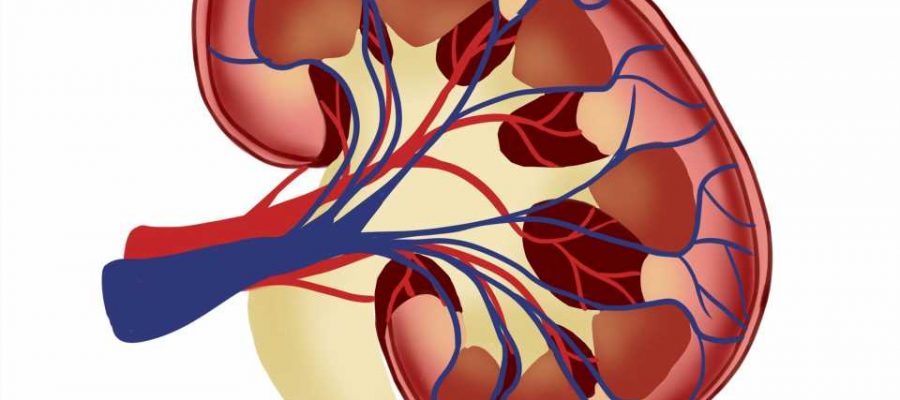
Using cells from kidney biopsies, Johns Hopkins Medicine, researchers report progress in the search for more accurate and easier-to-obtain markers to help predict, manage, and assess the treatment of acute kidney injury (AKI). Marked by serious inflammation, AKI can lead to sudden loss of kidney function, and clinicians have long searched for markers that alert them to AKI status without the need for invasive kidney biopsies.
Results of this study, which overall looked at 120,985 nuclei from kidney biopsy samples from 24 participants, were published in the journal Science Translational Medicine.
According to the National Library of Medicine, AKI is estimated to affect 15% to 20% of patients who are hospitalized, putting them at higher than usual risk of in-hospital death and a progressive form of chronic kidney disease that may ultimately require dialysis or transplant.
The new research was designed to help address a lack of noninvasive assessments of what is known as maladaptive proximal tubule (PT) repair. PT is a process marked by excessive inflammation as the body’s immune system responds to AKI. This PT maladaptation process offers an opportunity to identify noninvasive markers in blood or urine that can better and more safely predict AKI and manage treatment.
“Patients with AKI are critically ill, frequently in the ICU, and performing kidney biopsies is not feasible due to safety considerations. There is an urgent need to identify tissue signatures in the blood or urine that can inform us about how kidneys are healing,” says Chirag Parikh, MD, Ph.D., director of the division of nephrology at Johns Hopkins Medicine and corresponding author of the study.
The study used a single-nucleus ribonucleic acid (RNA) sequencing approach to profile 120,985 nuclei from kidney biopsy samples from 17 participants with AKI and seven healthy participants courtesy of the Kidney Precision Medicine Project. The development of PT maladaptation markers required analysis of plasma proteome in patients having cardiac surgery and in marathon runners who may have suffered exercise-related AKI.
Researchers found that patients with AKI had maladaptive PT cells present and were able to identify six different protein markers. The protein markers found include increased transforming growth factor–β2 (TGFB2), collagen type XXIII-α1 (COL23A1), and X-linked neuroligin 4 (NLGN4X), and had decreased plasminogen (PLG), ectonucleotide pyrophosphatase/phosphodiesterase 6 (ENPP6), and protein C (PROC).
Parikh adds that “the newer tools available to interrogate the genetic messages in the kidney biopsy tissue and find the corresponding products (proteins) in the blood enables us to track the condition of the kidney during the course of AKI.”
Parikh says, “the availability of the panel of such proteins is equivalent of a ‘liquid biopsy’ and could assist with therapeutic development as well as assist clinicians with AKI management when a biopsy is not feasible.” With the results of this study results, researchers have potentially taken another step closer to treating AKI.
More information:
Yumeng Wen et al, Analysis of the human kidney transcriptome and plasma proteome identifies markers of proximal tubule maladaptation to injury, Science Translational Medicine (2023). DOI: 10.1126/scitranslmed.ade7287
Journal information:
Science Translational Medicine
Source: Read Full Article
